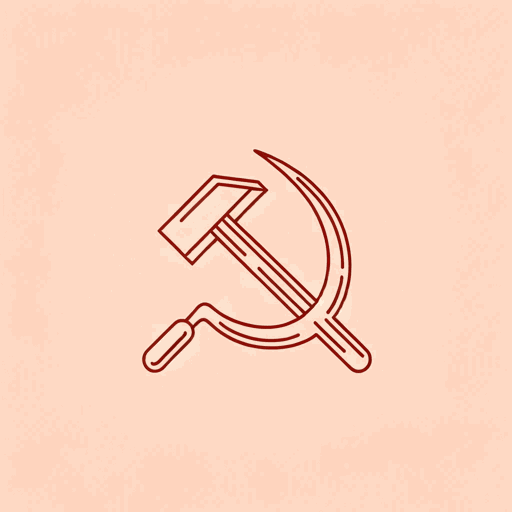31 pages • 1 hour read
Karl Marx, Friedrich EngelsThe Communist Manifesto
Nonfiction | Reference/Text Book | Adult | Published in 1848A modern alternative to SparkNotes and CliffsNotes, SuperSummary offers high-quality Study Guides with detailed chapter summaries and analysis of major themes, characters, and more.
Part 2Chapter Summaries & Analyses
Part 2 Summary: “Proletarians and Communists”
In Part 2, Marx addresses common arguments of his time against communism and lays out a concrete plan for how communism might help the proletariat class. In doing so, he clarifies many of his ideas for the reader.
The Communist Party, Marx argues, is not a competitor to or a separate party from other proletariat political parties. Communists are distinct only in their intent to cross national boundaries; while other movements concentrate on particular stages of development in different regional areas, communism envisions the progression of the movement throughout the world. In this capacity, communists can function as high-level representatives of the proletariat cause on a global level. Their immediate aim is the “formation of the proletariat into a class, [the] overthrow of the bourgeois supremacy, [and the] conquest of political power by the proletariat” (21). Marx is keen to emphasize the practicality of the communist worldview. Their principles have not been “invented or discovered,” but rather, they “express, in general terms, actual relations springing from an existing class struggle” (21).
Marx communicates to the reader his awareness that the primary policy aim of the Communist Party is also its most controversial: the abolition of private property.
Related Titles
By these authors

Das Kapital
Karl Marx

Economic and Philosophic Manuscripts of 1844
Karl Marx

Socialism: Utopian and Scientific
Friedrich Engels

The Condition of the Working Class in England
Friedrich Engels

The Eighteenth Brumaire of Louis Bonaparte
Karl Marx

The German Ideology
Karl Marx, Friedrich Engels

